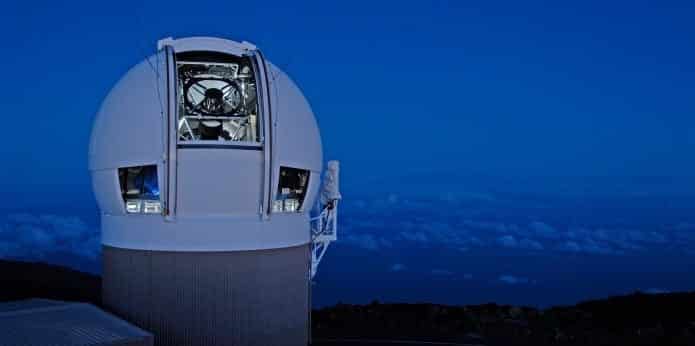NASA forms task force called “Office of the Apocalypse” to tackle looming threat of doomsday asteroids
NASA is taking the doomsday asteroid scenario seriously. It has formed a special task force with a solid budget to combat against incoming asteroids and other dangerous extraterrestrial objects that are headed towards Earth.
According to a recent NASA release, the Near-Earth Objects (NEOs) monitoring program has seen an increase in the financing from $4 million to $50 million since 2010. The space agency cited incidents such as the Chelyabinsk meteor strike as one of the reasons for a heightened need for defence against the potentially hazardous space rocks.
Starting 2016, a special NASA Planetary Defence Coordination Office (PCDO) task force dubbed as “The Office of the Apocalypse” will be assigned the job of keeping an eye on all the asteroids with an orbit that brings them close to our planet, so that humanity has a fighting chance of deflecting or destroying space rocks heading our way. PDCO will manage various activities between many national and international observatories and governmental bodies, including the Pentagon and the European Space Agency.
Seeing asteroids more clearly: How radar imaging has improved from 2001 to 2015. https://t.co/ingXrpDepE pic.twitter.com/TpcGKe4wCq
— Asteroid Watch (@AsteroidWatch) December 17, 2015
Lindley Johnson, lead program executive for the PCDO, said: “The formal establishment of the Planetary Defence Coordination Office makes it evident that the agency is committed to perform a leadership role in national and international efforts for detection of these natural impact hazards, and to be engaged in planning if there is a need for planetary defence.”
Part of the new team’s objective will be to develop and implement new technology, which can be used to redirect or deflect asteroids that are on a collision course with Earth.
“In addition to detecting and tracking potentially hazardous objects, the office will issue notices of close passes and warnings of any detected potential impacts, based on credible science data,” NASA said.
Every year, about 1,500 NEOs are detected and added into the database. NASA’s aspiring plan is to determine and recognize 90 percent of NEOs at the size of, or a bit larger than, a football field in diameter – 140 meters (450 feet) – by 2021, as most of the bigger objects (1 km / 3,000 ft in diameter) have already been added, NASA reported.
Recent incidents such as the Chelyabinsk incident in 2013 have been a cause for concern, wherein a meteor entered the atmosphere above the Russian city, which exploded in mid-air and damage buildings and trees.
The meteorite went unnoticed, and if bigger meteorite had struck a densely populated area, it could have caused a lot more damage.
Office created by @NASA for detecting potential #asteroid crashes on #earth. Are these 2 things related in any way? https://t.co/922P8i8yS2
— Mihir Nagarkar (@mihirnagarkar) January 11, 2016
In a statement, John Grunsfeld, associate administrator for NASA’s Science Mission Directorate in Washington, said “Asteroid detection, tracking and defense of our planet is something that NASA, its interagency partners, and the global community take very seriously.”
“While there are no known impact threats at this time, the 2013 Chelyabinsk super-fireball and the recent ‘Halloween Asteroid’ close approach remind us of why we need to remain vigilant and keep our eyes to the sky.”
The newly-formed task force’s one instant planetary defense goal is to develop a practical technology that can amend the course of an asteroid coming towards our planet.
Potential threats that could eliminate cities or the entire planet have been separately studied by NASA and the Nuclear Security Administration. To understand how asteroids could be stopped from entering the Earth’s atmosphere, the two agencies have surveyed cosmic fragments, designed rocket interceptors, and carried out simulated tests for years.
In order to protect the planet’s survival in the event of an incoming celestial object, the two agencies closed an agreement in summer 2015 to work together. The aim of their partnership is to develop a plan that consists of using nuclear device detonation to intercept asteroids.
In 1988, the asteroid survey that was funded by NASA was launched for the first time, which till date has discovered over 13,500 NEOs in numerous sizes.
An Asteroid Watch Widget has been published on the agency’s website.

